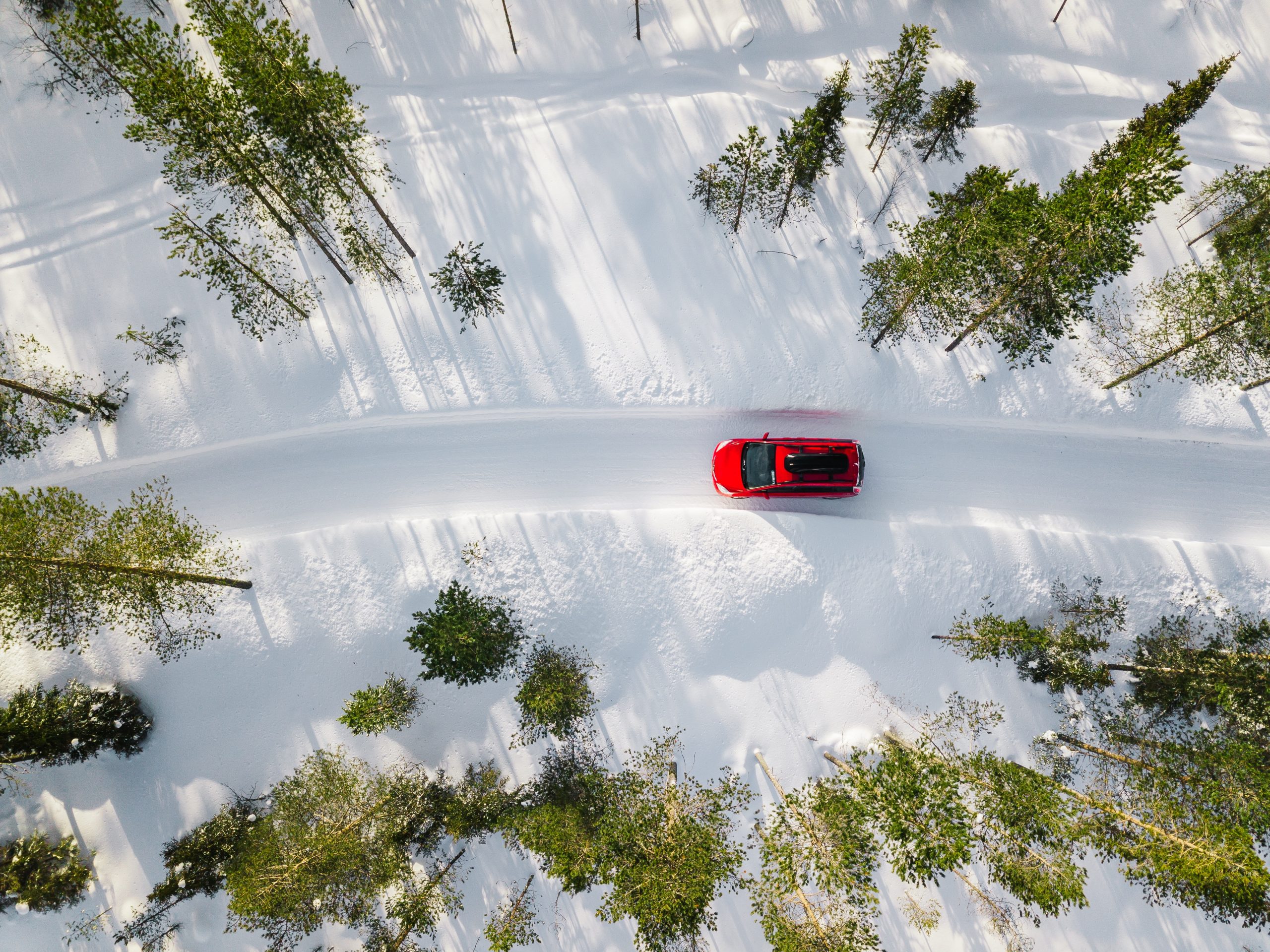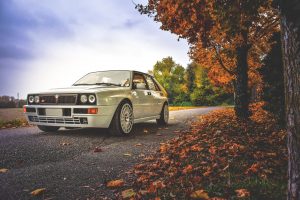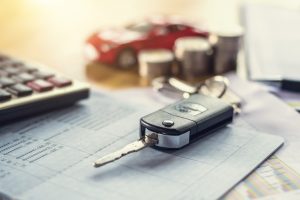10 useful tips for winter holidays by car
It doesn't always have to be the plane that takes you far away. Flexibility, spontaneity and cost savings make traveling with your own car popular. However, there are a few tips to keep in mind, especially when driving on a winter vacation, so that the trip is safe and relaxed and does not degenerate into stress.
1. Obtain information on winter tire requirements, toll fees and vignette requirements
In Germany, the situational winter tire obligation applies, so that winter or all-season tires must be fitted in certain weather and road conditions. All tires with the Alpine symbol (mountain pictogram with a snowflake) are considered winter tires in Germany. The legal minimum tread depth is 1.6 millimeters, but for safety reasons we recommend at least 4 millimeters. Before starting your journey, you should find out about the respective regulations of the holiday country, because different regulations for winter tires and/or snow chains may apply here. If snow chains are compulsory, you should have practiced putting on the snow chains beforehand, because this isn't necessarily fun without the right preparation. If, for example, you arrive later at your holiday destination due to traffic jams and it is already getting dark or it is taking longer than expected to put on the snow chains for various reasons, it is advisable to have a blanket for your knees, gloves and a flashlight with you!
Furthermore, you should find out in which countries a toll is due, a vignette is required and which regulations apply to the affixing of the vignette.
You can find all the details about winter tires in our blog article “Winter tires – is it compulsory to drive with winter tires?”
2. Plan travel time and route
It is advisable to plan the travel time and route thoroughly in advance. Typical holiday travel times are usually Fridays 1-8 p.m. and Saturdays 9 a.m.-3 p.m. These should be avoided for a stress-free holiday trip. You should also take the weather forecast into account when planning your trip. If, for example, heavy snowfall is forecast, you should consider that the roads have not yet been cleared or gritted early in the morning. So you should start your journey later in the day.
3. Check car battery
Winter is the hardest time of year for any car battery and it often happens that the car won't start. The lower the temperatures, the higher the load on the battery from additional power consumers such as lighting or heating. In addition, the battery should still have enough energy available for the starter. If your vehicle has starting difficulties, it is advisable to switch off all unnecessary power consumers, such as the radio and lights, while starting the engine. You should always have a jump lead or a charged jump start power bank with you. If your car has starting difficulties, you should check the battery and, if necessary, the alternator and have the defective components replaced before you start your planned winter holiday at the latest.
4. Check tires, engine oil, antifreeze, windshield wipers and lights
Before setting off on your long-awaited winter vacation, the tire pressure should be checked and adjusted correctly. To be on the safe side, check the tires for damage and foreign bodies (especially if the tire air pressure varies greatly). You should check the engine oil level and top up if necessary. In case of increased oil consumption, we recommend taking an oil canister with you. You should also check the antifreeze in the engine compartment. On the one hand, the filling level and whether there is sufficient antifreeze content must be taken into account. The antifreeze is a mixture of water and antifreeze and protects the engine and the cooling circuit against frost and corrosion. Worn windshield wiper blades should also be replaced to keep the car's windows clean. If the wiper blades are older, streaks could appear that restrict visibility. Another point that you should check before starting your journey is that the lighting system in your car is also working properly. A violation will be punished with a fine of 20 euros. The lighting should be adjusted after loading, as the headlight angle changes with increasing loading. Otherwise you dazzle other drivers or obstruct your own view.
5. Take enough cleaning water with you
In the winter months, grit such as sand, granulate or grit is spread on the streets so that the windscreens get dirty more quickly when driving. This means that the windscreen wiper system is used more frequently and you should take a spare canister with you on the journey. The cleaning water should always be mixed with anti-freeze so that it does not freeze in the lines. The wiper water antifreeze and the cooling water antifreeze are two different liquids and should not be confused!
6. Stow luggage properly for travel on winter vacation
Especially for the winter holiday there are numerous objects that have to be safely stowed away and transported for the journey. The following rule applies to normal luggage in the interior of the vehicle: heavy items on the bottom and light items on top! Secure the light objects from slipping, so that no objects can fly around in the car when braking. Basically, when stowing luggage, you should pay attention to an even weight distribution. If pets are traveling with you, they must be protected by a seat belt on the back seat or in the trunk, secured by a transport grid or transport box. The winter sports equipment does not belong in the interior or in the trunk of the vehicle, but in a roof box! If you brake hard, skis, sleds, ski boots, etc. can cause serious injuries. With a roof box, it is always important to avoid empty spaces and to observe their maximum load.
7. Completely remove snow from the car
Drivers are obliged to clear the car roof of snow before driving, because the snow can impede the following traffic if it falls down or slide forward onto the windscreen when braking, so that your own view is obstructed. So it is not enough just to remove snow and ice from the windows, because non-compliance will result in a fine of 25 euros. It is best to use a hand broom so as not to damage the paint on your car. If the headlights or rear lights are covered with snow and mud, less light penetrates to the outside. As a result, you are less likely to be noticed on the road and impair your own vision!
8. Wash the car regularly, even in winter
In the winter months and especially after a long journey, the car is very dirty due to snow, mud, salt, grit and other dirt that gets stuck in the smallest corners. The car should therefore be washed regularly in the winter months and also during holidays to avoid scratches and to get the wheel housings clean again.
9. Keep windows clear
Scraping ice takes a long time, is unpleasant and also damages the windows. Better you use a de-icing spray or use a cover film for the windshield.
10. Protect door locks and door seals
Frozen doors are not uncommon in winter. You should refrain from using force to open them, because the rubber bands can tear. You can lubricate this with a care stick or commercial Vaseline. For old cars that still have a mechanical door lock, it is advisable to carry a door lock de-icer.




